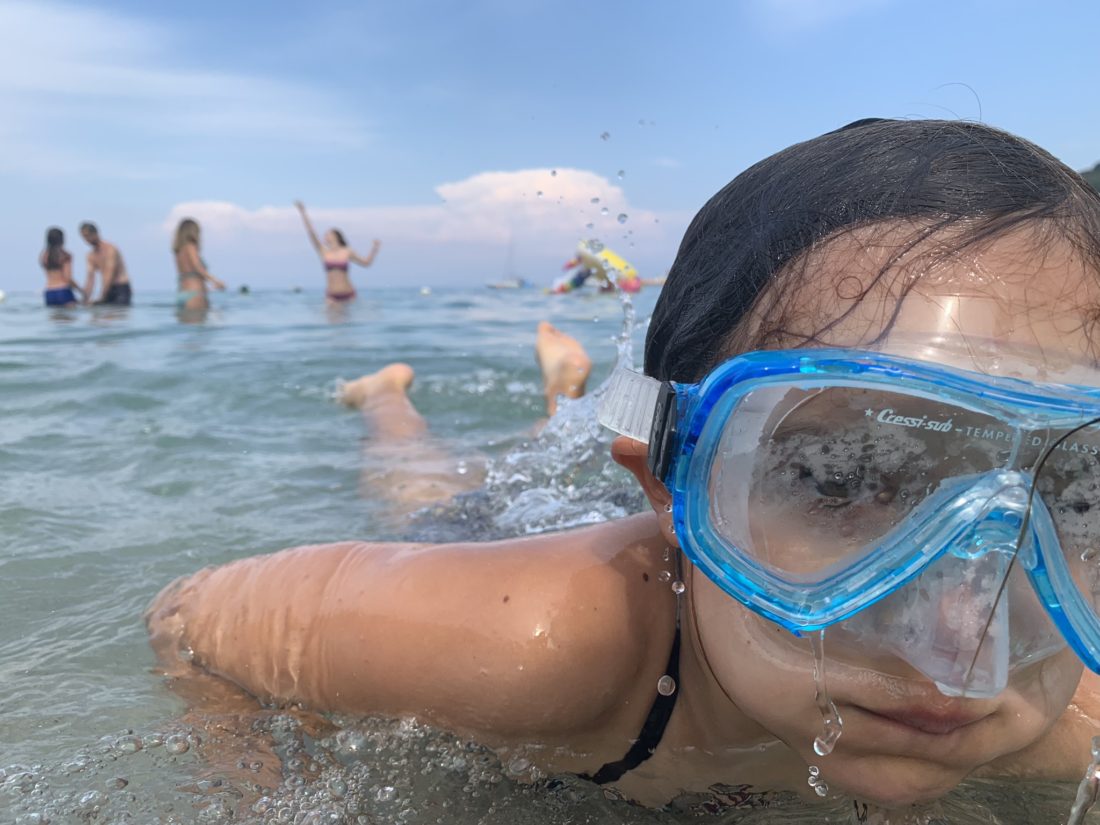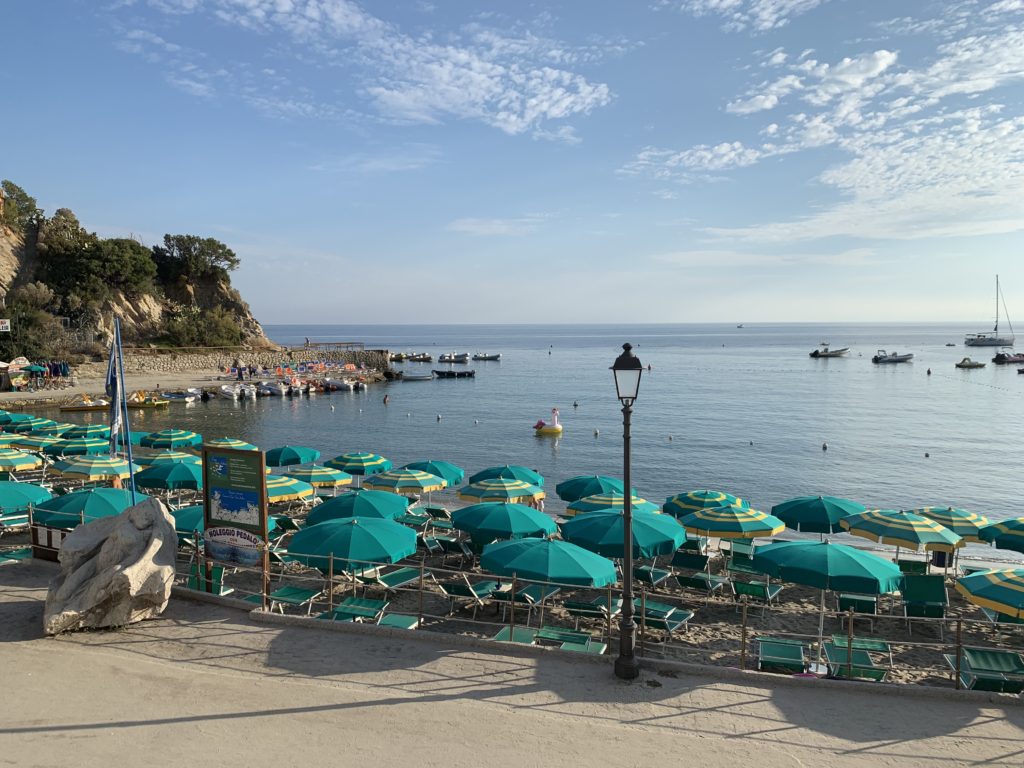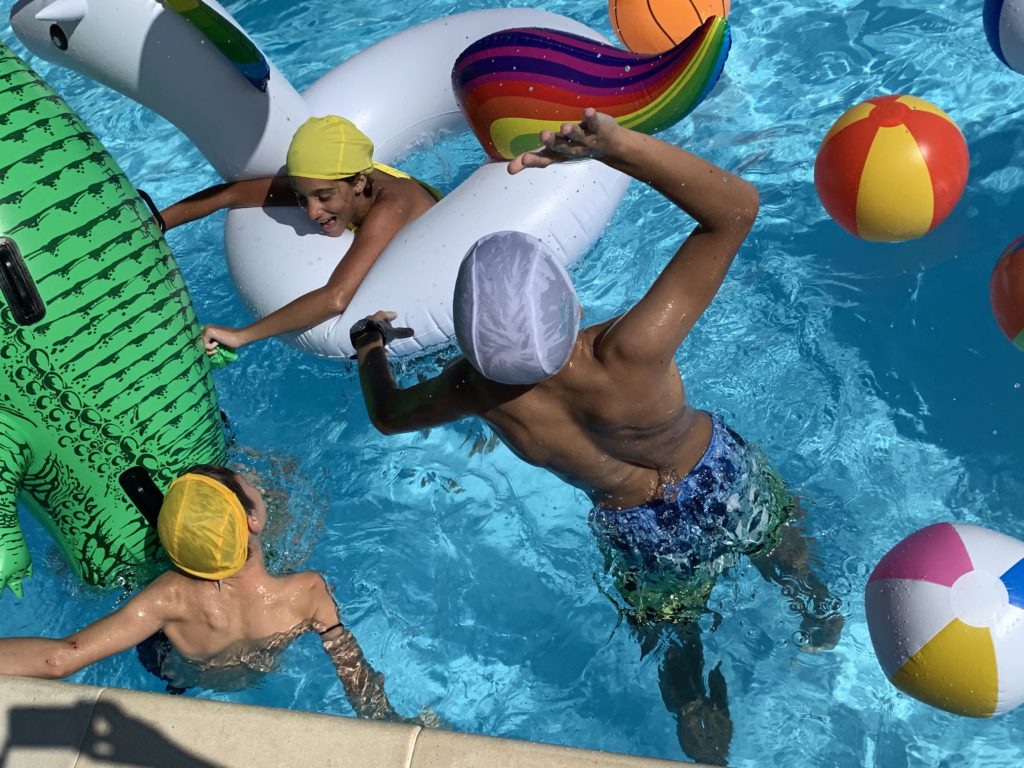Little treasures of 2021
Here are some of my favorite adventures and discoveries of the year. If you’ve stuck with me this long you know that as much as I love an over-the-top Relais & Chateaux-type joint I find even more delight in small places that may be a little rough around the edges, but are one of a kind. A couple from this year have stuck in my mind with such fondness that I figured you have to know about them.
Greater Bologna
The photo above is from Ca’ Lo Spicchio, a house from the 1500s in the mountains about 45 minutes away from both Bologna and Modena that offers one room for rent. It’s almost impossible to find, but worth the drive down one-lane unpaved mountain roads, except when Google Maps is insistent that you turn up a goat path. Run by a retired advertising executive and his fashion-industry partner every detail is thought through and done with an attentive eye, from the building restoration to the guest room touches. Their home also includes two dogs, seven cats, two horses, chickens who are the focus of attention from the fox they befriend, and one of the best situated pools I’ve seen. The guest suite has a bed and lounge up more of a ladder than staircase located above the living room with a big fireplace and wood-burning stove. Definitionally cozy.

The Truffle Hunters
One of my favorite films of the year, The Truffle Hunters is a documentary with intelligence, heart, a poetic eye, and humor, beloved at Sundance and Cannes. It’s a breath of fresh air —not one cliched drone shot—with every frame filled with creativity. I laughed out loud several times the first time I saw it as each new scene was a surprising delight, and I could feel the fun the filmmakers had creating it. The film follows a men hunting white truffles in Piedmont, Italy—a notoriously closed and suspicious group who somehow opened up to these two American filmmakers, Michael Dweck and Gregory Kershaw—who shot the documentary over three years. Dweck and Kershaw were able to capture the men’s trials and joy, as well as the cutthroat, competitive world of selling and marketing this high-priced delicacy when supplies are dwindling due to climate change and competition. It embodies so much of what I love about Italy, and the Italians, and I hope you get as much joy and inspiration from it as I did.
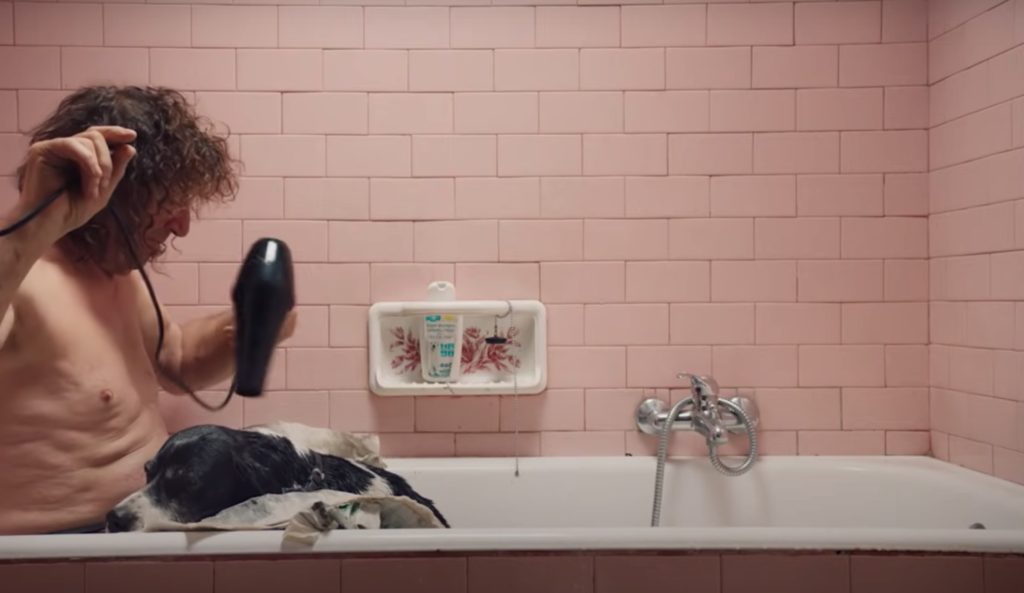
Tivoli
On a trip to pick up Sebastian at the Rome airport we spent a night in the small town of Tivoli, which is more car-friendly than driving into the center of Rome. What started out as a night of convenience turned into love. Tivoli is the nearest town to two of greater Rome’s heavy-hitting sites—Hadrian’s Villa and Villa d’Este—but it turned out to be charming in its own right. The modern outskirts that you spiral around to reach the historical center on a plateau are not promising, but once you get to the old town it has that mix that I love—real, working, a little dingy, and bursting with life.
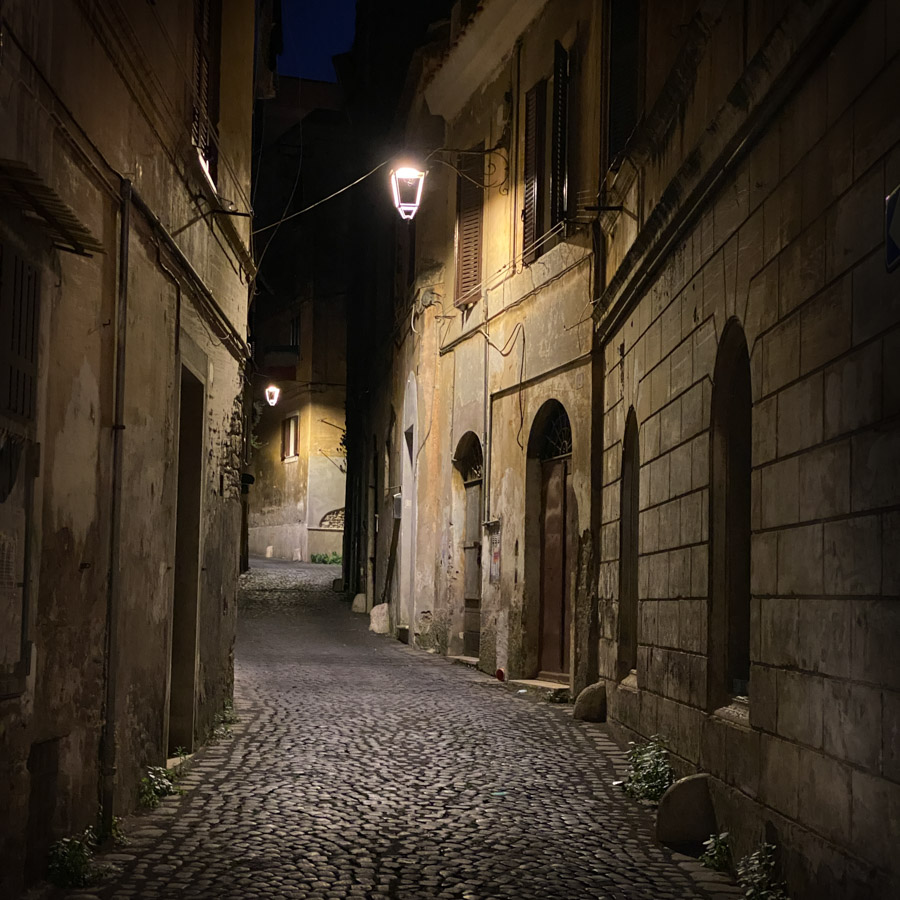
At night we walked Lola down a dark, narrow medieval street when from behind a shuttered second floor window we heard “Alexa, spegni la luce” (“Alexa, turn off the light”). Perfect moment.
We stayed at the Residenze Gregoriane, which is part of a palace from the 1500s. It has only three rooms, decorated in an older Italian aesthetic, and serves breakfast in a perfect courtyard adorned by frescoes and mosaics created by some of the same artisans who worked on the Villa d’Este. The family who runs it is one of warmest and most welcoming we’ve run across, which is saying a lot in Italy.

We visited Hadrian’s Villa on a very hot day and we lost our breath in more than one way. Another visit is in the cards during the cooler months. Built between 118 and 138 AD the ruins of this single palace are extensive and gorgeous. It has been revered since Renaissance times and I had one of those moments, which I occasionally get in a Roman ruin, where I am overcome with the sophistication, beauty, and grace of the lives of the elite Romans. This architecture had a goal of impressing visitors, no doubt, but it transcends its “look how rich and powerful I am” mission into something profoundly pleasing. Which many of other such palaces don’t. Looking at you, Forbidden City.
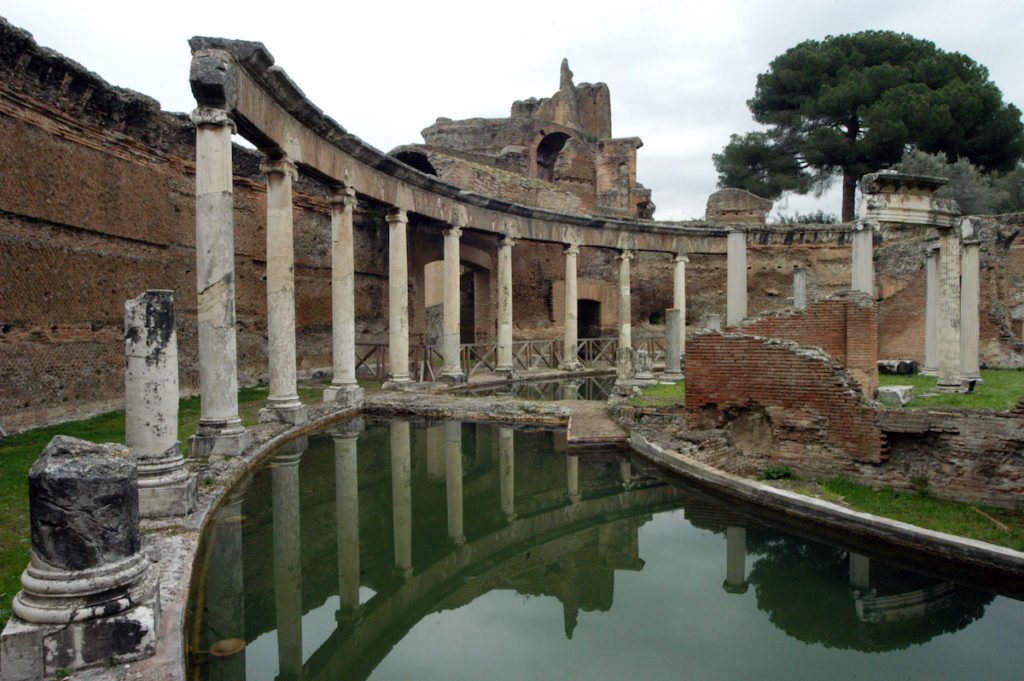
Also near, and somewhere I am excited to visit, is the Villa d’Este, started in 1560. A masterpiece of Italian garden design, it’s known for its fountains, including one that is an organ fueled by water.
Tivoli is a great base for those seeking a deeper experience of Rome beyond the main sites in the center. Close by is also the Temple of the Vestal Virgins, among the other UNESCO sites.
Maremma
This part of Tuscany, bordering the Tyrrhenian Sea, is not very well-known. On the mainland there are many Etruscan sites and gorgeous beaches. Just off the coast are the islands of the Tuscan archipelago. We went for an a couple of nights to the Hotel Torre Mozza, with seven rooms. Our room was in the 16th-century watchtower that juts into the Mediterranean and had a door cut through the thick defensive walls opening over the waves.

The island of Elba is a short ferry ride away from Piombino. I had spent several days on the island a couple years ago, but this trip we just went over to the island for memorable lunch on a small square at the Trattoria Moderna di Matteo in the tiny town of Capoliveri.
“Ancora Tu” by Lucio Battisti
Sebastian introduced me to this Italian mega-hit from 1976, “Ancora Tu” (“You Again”), from one of Italy’s biggest musical stars of the 1960s and 70s, Lucio Battisti. I just love the poignant way it captures the magic of a familiar love.
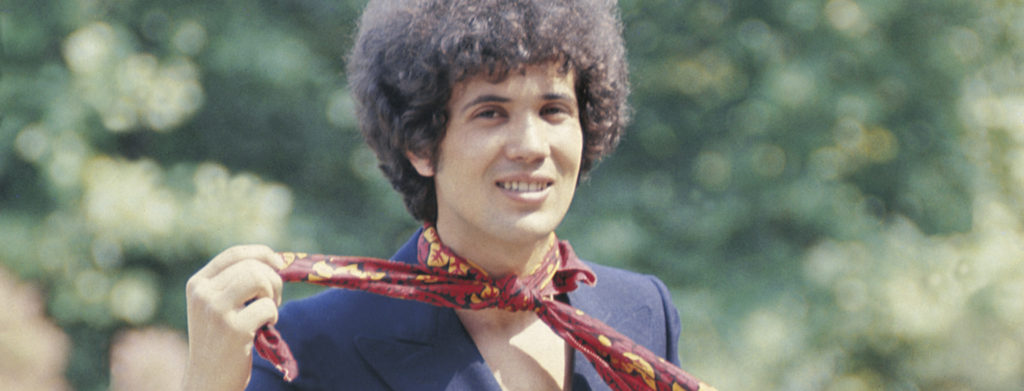
Il cantautore italiano Lucio Battisti 1969







